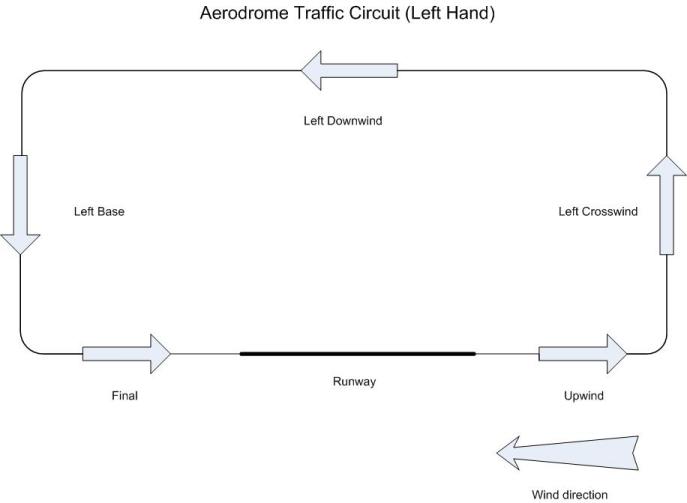3.4 Aerodrome Taxi and Traffic Circuit
TAXIING
3.4.1 Prior to issuing a taxi clearance, the controller shall determine where the aircraft concerned is parked.
3.4.2 Taxi clearances shall contain concise instructions and adequate information so as to assist the flight crew to follow the correct taxi routes, to avoid collision with other aircraft and to minimise the potential for the aircraft inadvertently entering an active runway.
3.4.3 When a taxi clearance contains a taxi limit beyond a runway, it shall contain an explicit clearance to cross or an instruction to hold short of that runway.
3.4.4 For the purpose of expediting air traffic, aircraft may be permitted to taxi on the runway-in-use, provided no delay or risk to other aircraft will result. Where control of taxiing aircraft is provided by a GND controller and the controller of runway operations by a TWR controller, the use of a runway by taxiing aircraft shall be co-ordinated with and approved by the TWR controller. Communications with the aircraft concerned should be transferred from the GND controller to the TWR controller prior to the aircraft entering the runway.
3.4.5 If the ATC is unable to determine that a vacating or crossing aircraft has cleared the runway, the aircraft shall be requested to report when it has vacated the runway. The report shall be made when the aircraft is well clear of the runway to the extent of passing beyond the holding point.
3.4.6 Aircraft shall not hold closer to the runway-in-use than:-
- At a taxi-holding position, where such position has been established and their markings are visible; or
- Where taxi-holding positions have not been established or their markings not visible; 50 metres from the edge of the runway.
3.4.7 Aircraft shall not be permitted to line up and wait on the approach end of the runway-in-use whenever another aircraft is affecting a landing or has been cleared for an overshoot below 400 feet, until landing or overshooting aircraft has passed the point of intended holding.
THE CIRCUIT
3.4.8 As the view from the flight deck of an aircraft is normally restricted, the controller shall ensure that instructions and information, which require the flight crew to employ visual detection, recognition and observation, are phrased in a clear, concise and complete manner.
3.4.9 Aircraft should be watched closely as they approach the runway, base and final approach, so that proper instructions may be issued without delay. Instructions may be issued without waiting for the aircraft to initiate the call.
3.4.10

- Crosswind & Upwind is not compulsory reporting points in the Aerodrome Circuit.
- The downwind position is abeam the (center of the) airfield
- Final approach is approximately 4nm from touchdown and long final is approximately 8nm.
3.4.11 An aircraft reporting on downwind can be cleared to report on final; pilots may also be requested to report on or ready for base leg.
JOINING THE CIRCUIT
3.4.12 Clearance to enter a traffic circuit is issued when the aircraft is still some distance from the aerodrome in order that the pilot may conform to the traffic circuit, pending clearance to land.
3.4.13 Information concerning the runway-in-use or landing direction, QNH, surface wind, joining position, essential local traffic, and any other necessary instructions will be given at the same time so that the pilot may intelligently position himself in the traffic pattern.
3.4.14 If an aircraft enters a traffic circuit without proper authorisation, the possibility of an emergency must be recognised. The aircraft should be permitted to land if its actions indicate that it wishes to do so and, if necessary, other aircraft shall be instructed to give way.
TRAFFIC IN CIRCUIT
3.4.15 Aircraft in the traffic circuit shall be controlled so as to provide the separation outlined for arriving and departing aircraft and to allow for spacing required in case of an emergency.
PRIORITY TO TRAFFIC
3.4.16 An aircraft landing or in the final stages of an approach to land shall normally have priority over an aircraft intending to depart.
3.4.17 Departures shall normally be cleared in the order in which they are ready for take-off, except that deviations may be made from this order to facilitate the maximum number of departures with the least average delay.
3.4.18 An aircraft on an IFR flight will not be given clearance to take-off until the ATC departure clearance from APP controller has been passed and acknowledged, when it is required.
3.4.19 An aerodrome controller may, after coordination with APP expedite departing traffic by suggesting a take-off direction which is not into wind, but the pilot has the right to reject the suggestion.
